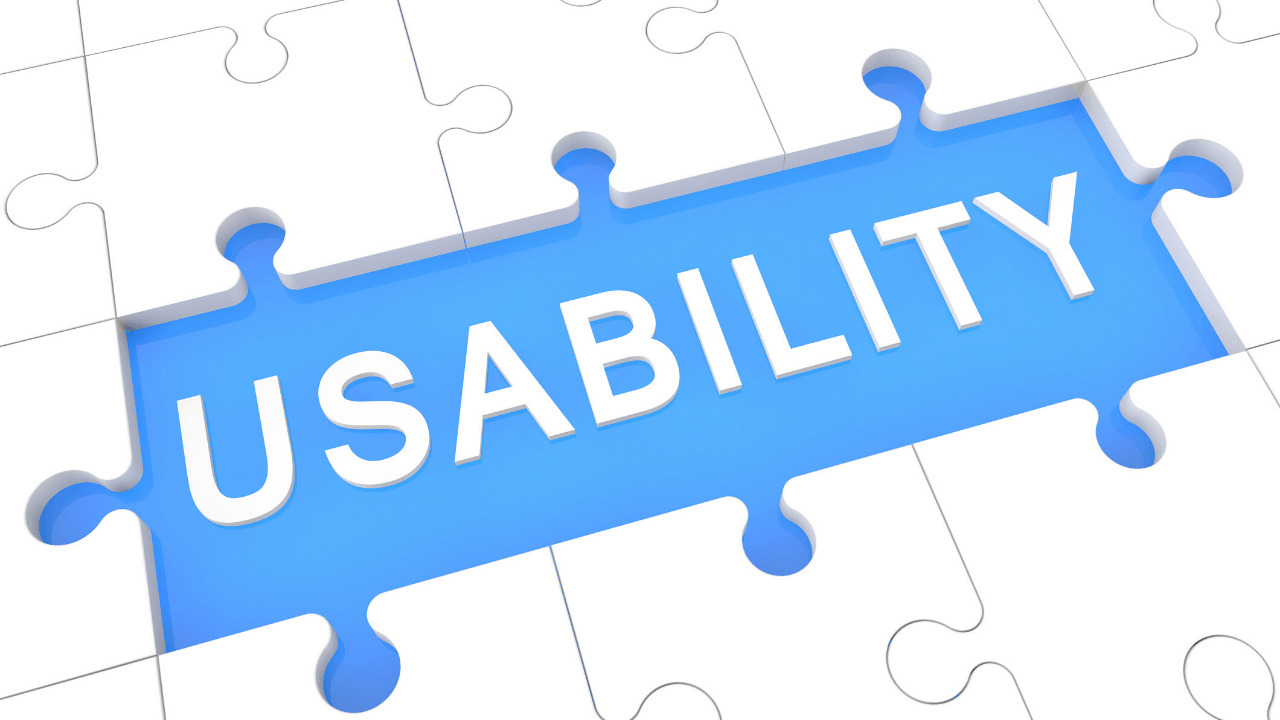Convenience is like magic or telepathy. Without words or explanation, it surprisingly makes a thing comfortable to use, attractive, and desirable.
As consumers, we understand the difference between a comfortable product and an uncomfortable one intuitively. It’s enough to sit in a chair, and immediately you feel whether it’s comfortable or not. It’s the same with shoes – take a few steps in your boots or shoes, and it’s immediately clear whether you’ll pick them up from the store. But users of websites or mobile apps only need seconds of interaction with the interface to make a positive or negative impression of it. So, looking through a so-called web developers & designers journal, we have highlighted the main components of convenient motion design website.
Operational efficiency

The first quality of user-friendly products is operational efficiency. Going back to the cup example, if it leaks, its other qualities become less important. Consequently, performance is a must, by default.
In the context of a website, this means that all functional elements must work. Every link must be operational. Every form must be filled out and submitted. Every button must click and produce the expected effect.
Such efficiency is ensured by the absence of errors at the level of programming and filling the site. And we’re not just talking about errors at the technical level. Any errors on the site affect its effectiveness: mistakes in the text, the use of improper icons or illustrations, and so on.
Without ensuring that the site works efficiently, full-fledged usability is not possible. That’s why it’s so important to test the site before launching it. And it is necessary to test the product simultaneously on different devices (cross-platform) and in different browsers (cross-browser).
Simplicity and clarity (intuitiveness)

The second component of website usability is also very important. This is understandability (or intuitiveness). On a user-friendly site, the user without additional explanations understands how to perform the action he wants.
In fact, creating a simple design is very difficult. After all, many elements in the design we only perceive as simple.
For example, everyone has dealt with a form of login to the site. At first glance, it consists of only two fields – log in and password – and the “Done” button. But what if the user does not yet have an account? You need to provide a script for this case and design a registration form. But what if the user has an account and forgets his password? For this case, too, you need to make a separate set of interfaces. And this is just one screen. And within web projects, there can be dozens, even hundreds.
Usability

When we say “comfortable chair”, “comfortable couch” or “comfortable temperature”, it’s immediately clear what we mean.
But what could be comfortable about a website? Surprisingly, many things. In particular, the color palette (you probably had to deal with such combinations of colors, from which the eyes glare), the layout of the text (because agree, there are too small and too large texts). But perhaps most of all, the comfort of staying on the site affects how much time you have to perform the desired action.
It is also important to note that in the modern sense, it is impossible to ensure the comfort of the website without caring about its inclusiveness.
Inclusiveness – is such an organization of design, in which the site can be correctly perceived by people with disabilities or limitations. In the context of web design, this quality of sites is also called web accessibility. It provides a certain approach to the choice of color palettes, fonts, visual techniques, and technical implementation.
